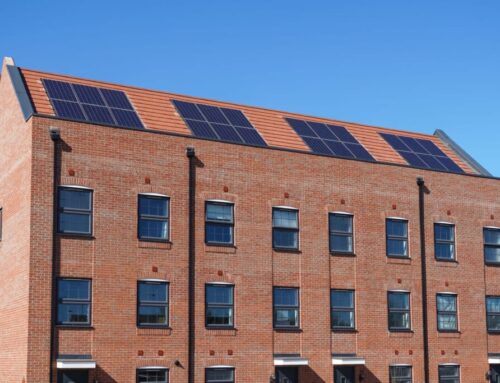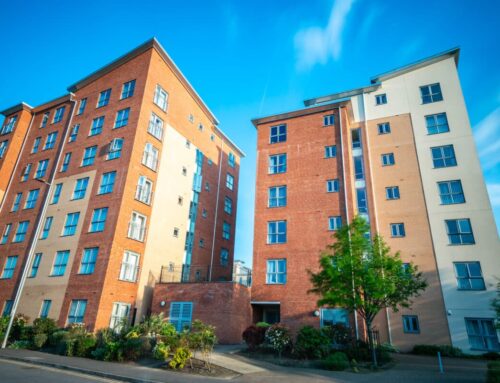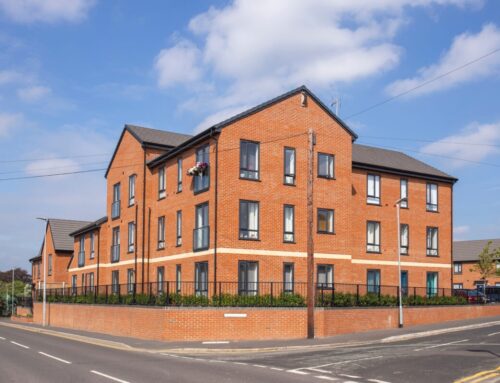Darren Bagnall from Block in a Box outlines why it is so important to have a long-term maintenance plan and what should be included in yours.
For directors of Residents’ Management Companies (RMCs), managing a block of flats means thinking beyond the day-to-day. While dealing with leaky taps and hallway lightbulbs is certainly part of the role, the real key to successful management lies in strategic, long-term maintenance planning.
A well-crafted plan protects the building, ensures resident wellbeing and contributes to financial stability. It also builds trust among leaseholders and helps the RMC stay compliant with legal responsibilities.
Why Long-Term Maintenance Planning Matters
Blocks of flats often fall into the trap of reactive maintenance – fixing problems only once they have become emergencies. Not only is this more expensive, but it can also lead to stress, resident dissatisfaction and even legal risk.
A proactive maintenance strategy on the other hand, allows an RMC to:
- Identify and budget for major works well in advance.
- Reduce the likelihood of large, unexpected bills.
- Preserve the value and condition of the building.
- Fulfil their legal responsibilities.
The Foundations of a Good Plan
An effective long-term maintenance plan usually spans 5 to 10 years and should be updated regularly. Here are the core elements:
1. Building Survey or Condition Report
Start with a professional assessment of the property. A building surveyor or property management expert can identify areas requiring attention, from roofs and windows to lifts and fire safety systems.
2. Major Works Schedule
List anticipated significant repairs or replacements. Some examples include a roof replacement every 25 years, external redecorations every 5 years, lift servicing and eventual overhaul and boiler upgrades.
Each item should have a suggested timeline and estimated cost.
3. Reserve Fund Planning
Your list of major works makes it possible to calculate how much money needs to be saved each year. This is where a well-managed reserve (or sinking) fund comes in. Regular contributions ensure that funds are available when needed, avoiding the dreaded unexpected call for a large one-off payment from leaseholders.
4. Regular Reviews and Updates
A maintenance plan is not something to set and forget. Buildings age, materials degrade and regulations evolve. Aim to review your plan annually and update it as necessary.
The Importance of Transparency for Resident Engagement
One of the often-overlooked benefits of a long-term plan is how it improves communication and trust between the RMC and residents. When leaseholders see that their directors are thinking ahead and managing money responsibly, they are more likely to:
- Pay service charges promptly.
- Support necessary works.
- Stay engaged in the management process.
Sharing the maintenance plan (even in a summarised format) and reserve fund strategy can go a long way in fostering a collaborative environment.
Legal and Regulatory Considerations
The terms of the lease will often dictate building maintenance obligations, and non-compliance can lead to disputes. In addition, health and safety regulations, fire risk assessments and Section 20 consultation rules must all be considered when planning significant works.
A long-term plan helps RMCs demonstrate that they are meeting these responsibilities as well as forming vital evidence of due diligence if leaseholders decide to sell their flats, as prospective buyers and solicitors will often request a copy.
Getting Help: You Do Not Have To Do It Alone
Creating a comprehensive plan can feel daunting, especially for volunteer directors. The good news is that there are professionals who specialise in exactly this type of work. Surveyors, managing agents, and financial planners can all contribute valuable expertise.
For a simple way to bring together the right services and support, visit Block in a Box for a suite of tools and recommended partners. You will find targeted help for RMCs – everything from maintenance schedules to reserve fund planning.
Final Thoughts
In short, a long-term maintenance plan is not just a “nice to have”. It is an essential tool for managing a residential block responsibly and effectively. It protects residents and directors alike, safeguards the building and brings peace of mind.
Whether you are new to your RMC role or a seasoned director, taking the time to plan ahead is one of the best investments you can make. Proactive, professional and properly funded. That is the foundation of a successful RMC.







Leave A Comment